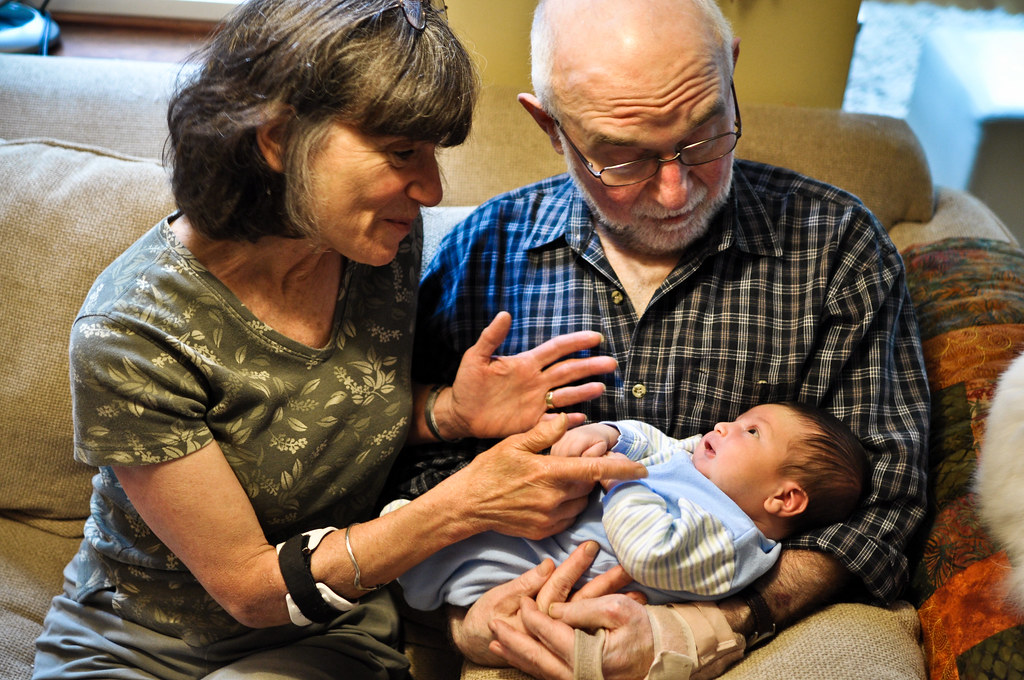Chapter 14: Aging and Disease
Chapter Objectives
By the end of this chapter, you should be able to
- Recognize grandparents as important contributors to human evolution.
- Distinguish between chronological aging and senescence.
- Explain the connection between chronic stress and aging.
- Identify evolved responses to disease.
Chapter Introduction
One of the hallmarks of human development is the presence of a post-reproductive life. In nearly every other species, females can and often do reproduce until they die. The exceptions are elephants, whales, and occasionally, chimpanzees and bonobos – if they are captive.
The puzzle for anthropologists and biologists is why? Why is nearly 1/3rd of the human lifespan dedicated to post-reproductive caregiving? The answer likely lies in the importance of alloparental care and cooperation within social groups.


